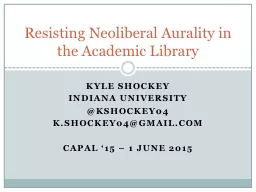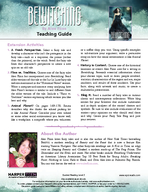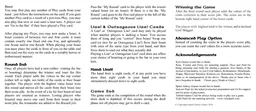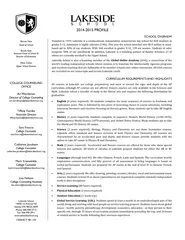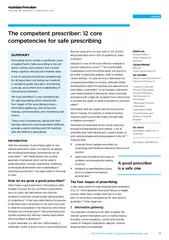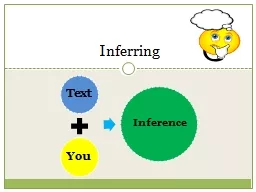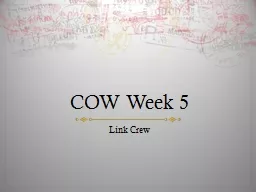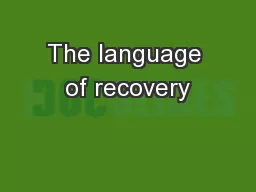PPT-Kyle Shockey
Author : min-jolicoeur | Published Date : 2016-07-03
Indiana University kshockey04 kshockey04gmailcom CAPAL 15 1 June 2015 Resisting Neoliberal Aurality in the Academic Library In Brief What this is Convergence of
Presentation Embed Code
Download Presentation
Download Presentation The PPT/PDF document "Kyle Shockey" is the property of its rightful owner. Permission is granted to download and print the materials on this website for personal, non-commercial use only, and to display it on your personal computer provided you do not modify the materials and that you retain all copyright notices contained in the materials. By downloading content from our website, you accept the terms of this agreement.
Kyle Shockey: Transcript
Download Rules Of Document
"Kyle Shockey"The content belongs to its owner. You may download and print it for personal use, without modification, and keep all copyright notices. By downloading, you agree to these terms.
Related Documents

